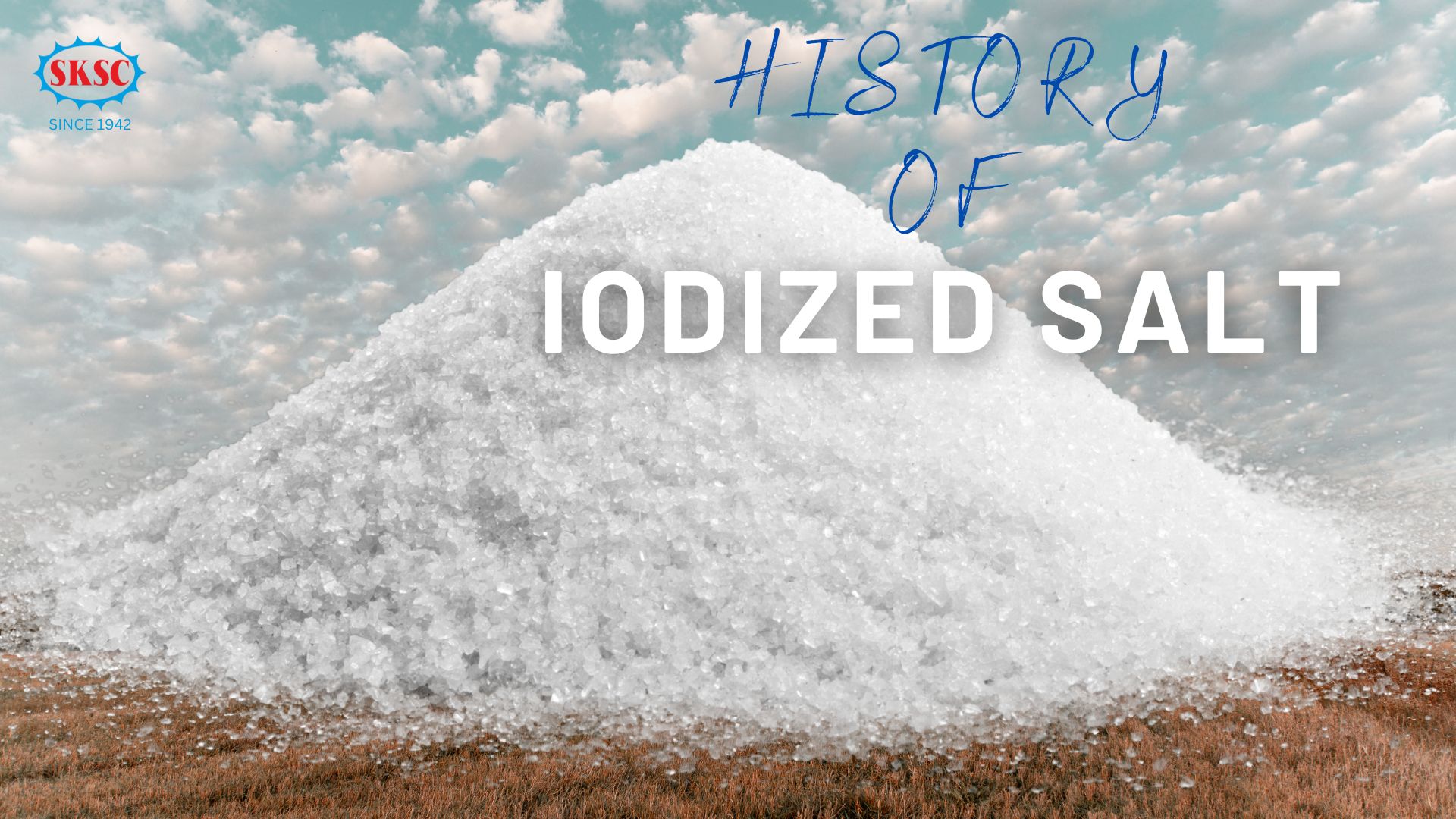
National Iodine Deficiency Disorders Control Programme
Iodine deficiency disorders (IDDs) are a serious public health issue on a global scale. Due to the subcontinent's iodine deficit, which affects both plant and animal sources of food cultivated there, the entire population of India is susceptible to IDDs. Goitre, cretinism, hypothyroidism, abortion, stillbirth, brain damage, learning impairments, mental retardation, psychomotor abnormalities, hearing, and speech impairment are examples of IDDs, which cover the full range of disability and disease. The most common recognized cause of avoidable brain injury is iodine deficiency. IDDs hinder the nation's progress in developing its human resources because of their causal links to brain development, cognition, and learning difficulties.The average IQ difference between children born in iodine-sufficient regions and those born in iodine-deficient regions is 13.5 points. 92% of the population in India consumes iodized salt, making the IDD control program a public health success. This success story was made possible by the collaboration of governmental organizations, academic institutions, the salt industry, development organizations, and civil society. Iodine deficiency in India can be eliminated in a sustainable manner; all that is needed is an expedited and well-coordinated effort by all important national and state-level stakeholders.
Then came the introduction of the National Iodine Deficiency Disorders Control Program.
In the 1920s, salt iodization was first applied as an intervention technique to treat goitre in Switzerland and the United States. The groundbreaking study conducted in the Kangra valley in Himachal Pradesh from 1956 to 1972 showed conclusively that salt iodization can reduce goiter rates26,27. Even before the study's conclusion in 197228, the Kangra Valley Study paved the way for the creation of NGCP in India in 1962. The main method used in this Program to reduce goitre was to provide iodized salt in the endemic areas through iodine subsidies. The NGCP concentrated on endemic regions. Only 12 salt iodization plants were developed in the public sector during the first few years of the Program, and their combined yearly production of just two lakh tons allowed them to meet only 15% of the country's overall need for iodized salt. NGCP continued to be a low priority health initiative since goitre was seen to be a minor cosmetic issue unique to the Himalayan region.
The India IDD control initiative has been a public health success. We are close to achieving the USI goal of >90% home level coverage of sufficiently iodized salt. India has led international efforts to eradicate IDD by funding programs and conducting research in this area. One of the first major initiatives aimed at eradicating IDD was the major Goitre Control Programme (NGCP), which was started in 1962. The factors for effective and long-term implementation of a health program are shown by the successful evolution of the IDD control program in India and has a great deal to teach other health and nutrition programs in the nation in general, as well as other social sector-related programs in particular. Other nations can also benefit from the experience and lessons learnt.
S.K.S.C.NADARAJAN & BROR.
Salt company since 1942
Tuticorin Salt | India Salt | Tamil nadu Salt | Salt company Tuticorin | Salt company tamil nadu | Salt company India | India old salt company | SKSC salt | salt Thoothukudi | salt exporter tuticorin | Thoothukudi salt | Sea salt Thoothukudi | Sea salt tuticorin | Thoothukudi traditional salt | Thoothukudi salt exporter | deicing salt tuticorin | deicing salt exporter | Tuticorin saltern | thoothukudi saltern | South India salt company | South indian salt export | Kerala salt supplier | Salt supplier | powder salt tuticorin thoothukudi | Inida powder salt company | freeflow and crystal salt exporter |
